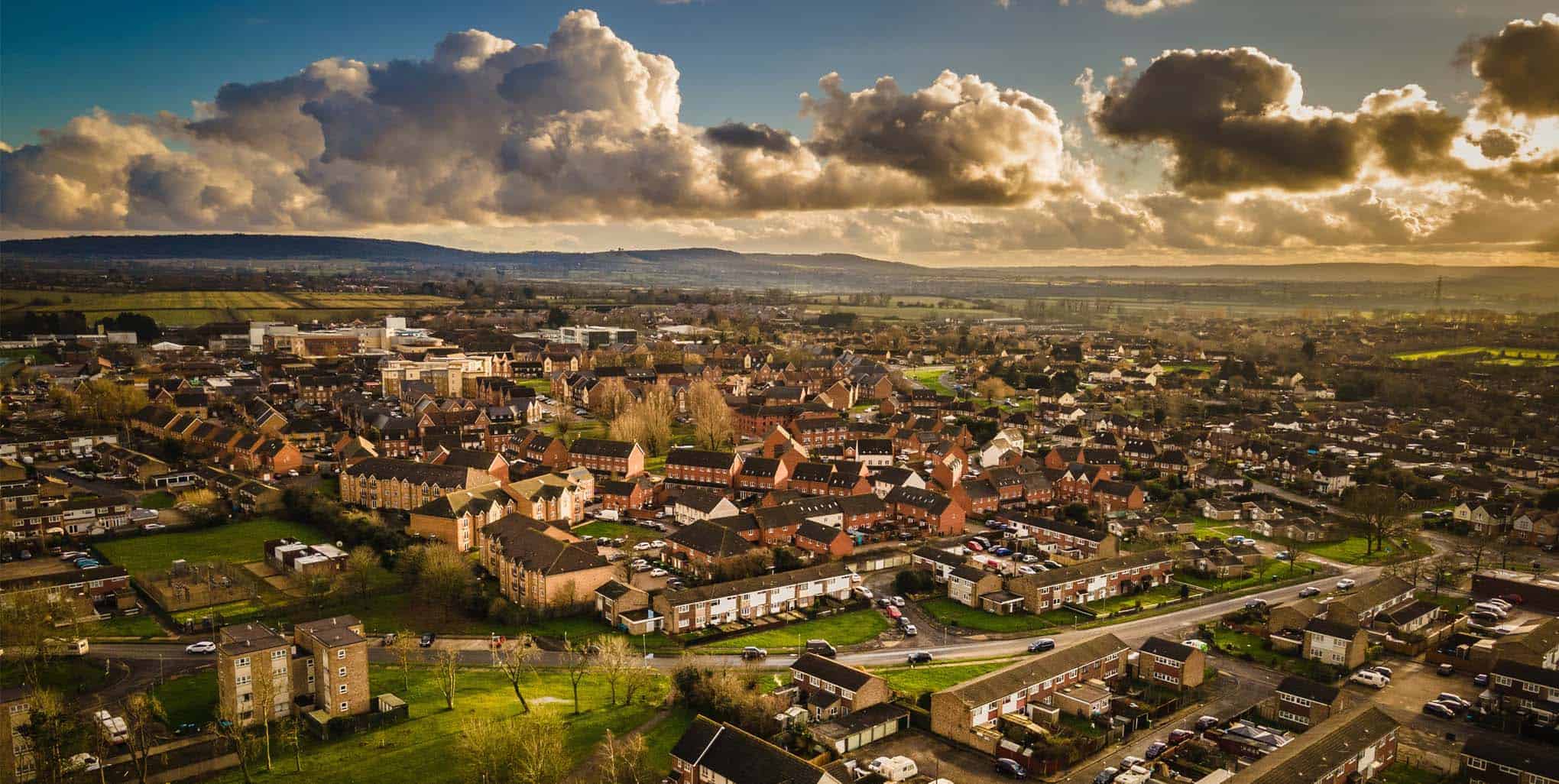Levelling Up – Levys, S106 and CIL
Published: 14.06.22
The Levelling Up and Regeneration Bill revealed the Government’s intentions for the Infrastructure Levy (“IL”). Think of it as a reincarnated CIL that goes further to capture more of the value accrued by landowners and developers to contribute toward local infrastructure. In a recent article by Stuart Andrew MP (Minister of State for Housing) set out the position of the Government in respect of IL:
“As an MP, I know that providing the necessary infrastructure to accompany new housing developments has been a real concern for local people. Our new infrastructure levy will make sure that developers contribute their fair share to the local area so that the necessary schools, roads and GPs surgeries, are built to support the new members of the community living there.”
The IL will be a locally set, non-negotiable rate designed to remove the need for S106 agreements (sort of) and ensure that developers pay their “fair share”. This will be taken as a percentage of the GDV once development is completed, theoretically providing more certainty from the outset (at least compared to current s106 negotiations).
The predecessor, CIL, will firmly be kicked to the kerb except in London. There is no doubt that S106 can be a total drag, causing significant delays through protracted negotiations on heads of terms plus solicitor disagreements. Indeed, in the examination of the Lambeth Local Plan, the Inspector commented on viability tests that “it is clear from the above evidence that these tests are in themselves slowing down the rate of development.” However, we have not seen the back of S106 yet as their place will be preserved for the more complicated things and securing in-kind infrastructure where it is integral to the development. It does seem a contradiction to admit the effectiveness of S106 in that it will be needed in some circumstances, i.e. the big stuff, but it does make us wonder about some of the less exciting but necessary needs for legal agreements, for example, securing car-free for small developments.
The IL will be a locally set rate by a local authority with the provision for this to scale in different parts of the local authority area – much like different CIL bandings at present. Different to CIL is that all local authorities will be required to adopt an IL. A range of factors must be considered when setting rates, this includes the desirability to maintain the same or exceed affordable housing delivery, economic effects on the land value that the planning and development process has, and revenue from IL and the local infrastructure delivery strategy.
The clear challenge is with delivering first an equivalent and ideally an increase in the amount of affordable housing delivered. This however may well be insurmountable. Another clear challenge arises in that the complexities of urban development, with no flexibility, IL could pose issues for viability. Huge questions remain, given the raft of regulations needed to get the IL off the ground, it will be subject to pilots in a similar vein to Design Codes. It must also be acknowledged that this is another seemingly incredibly difficult task for local authorities to get to grips with.


